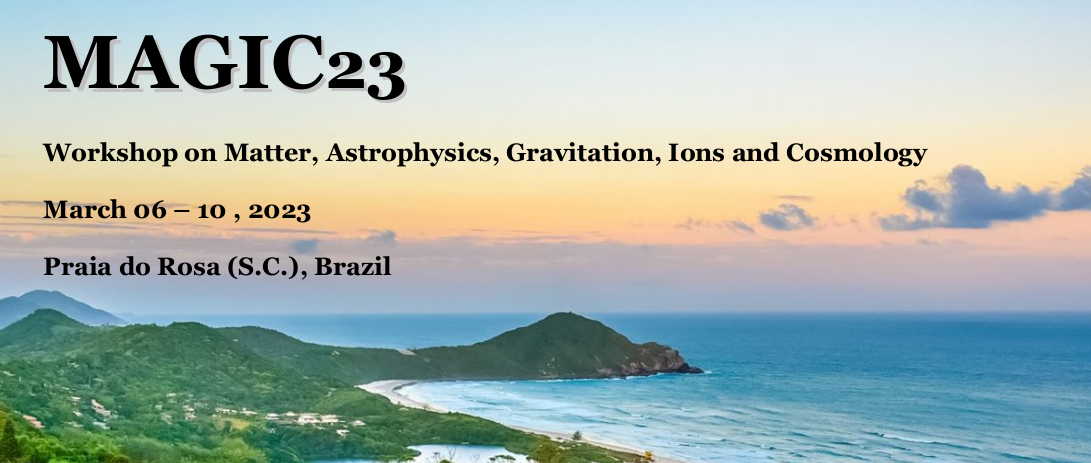Speaker
Description
The most massive structures of the Universe formed at the knots of the cosmic web at high redshifts and constitute the present-day clusters of galaxies. They are dense, gravitationally bound, nearly virialized systems of galaxies. The early stages of these structures are called protoclusters and they are the natural laboratories to observe the role of environmental effects on galaxy evolution. Protoclusters frequently harbor galaxies with intense star formation, and many times, dust-obscured ones, resulting in great luminosities in the restframe infrared bands. In this work, we use submillimeter galaxies (SMGs) - a population of dusty, distant, starburst galaxies, whose copious infrared emission is redshifted to the submm bands - as targets for protocluster searches. We use combined wide-band and narrow-band optical photometry to identify Ly-alpha emitters (LAEs) around SMGs at $z\sim 4.5$ in the COSMOS field, as a means to identify typical star-forming galaxies that may compose the underlying structure containing our target SMGs. We use deep imaging obtained by our team with the IMACS instrument on the Baade (6.5 m) telescope at the Las Campanas Observatory. With a field of view of 27 arcmin-diameter, we probe a physical scale of $\sim10 Mpc$ in size at $z=4.5$, consistent with protocluster scales. Our approach picks out line emitters as narrow-band excess objects. We denominate these objects as Ly-alpha candidates. We use additional IMACS spectroscopic data to confirm these candidates as bona fide LAEs and thus protoclusters members, eliminating low-redshfit ($z\sim 0.8$) interlopers whose [OII] emission might be responsible for the observed excess in the narrow band. In comparisson with LAE density in the field, our preliminary results point to a mild excess in LAE density around SMGs at $z \sim 4.5$. We estimate the dynamical mass of this structure and, considering N-body simulation studies, we predict the mass this structure evolves into at $z=0$.

